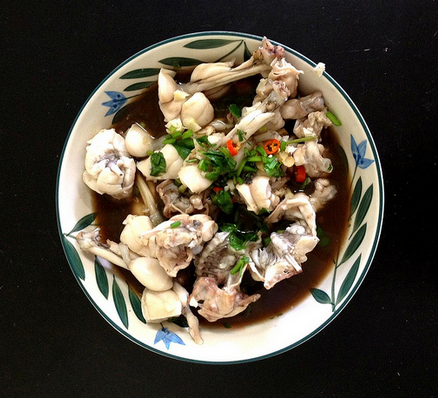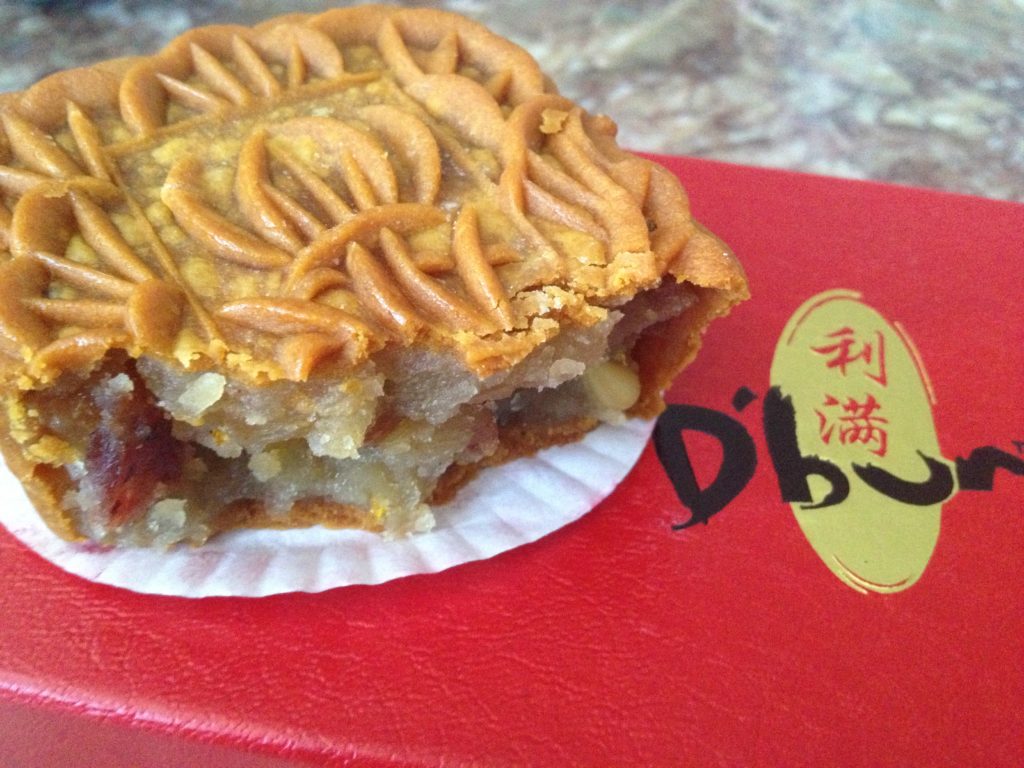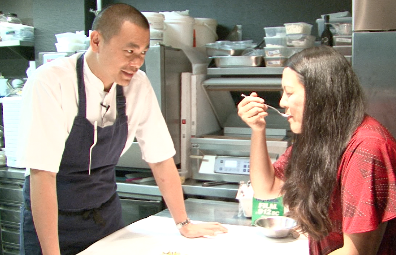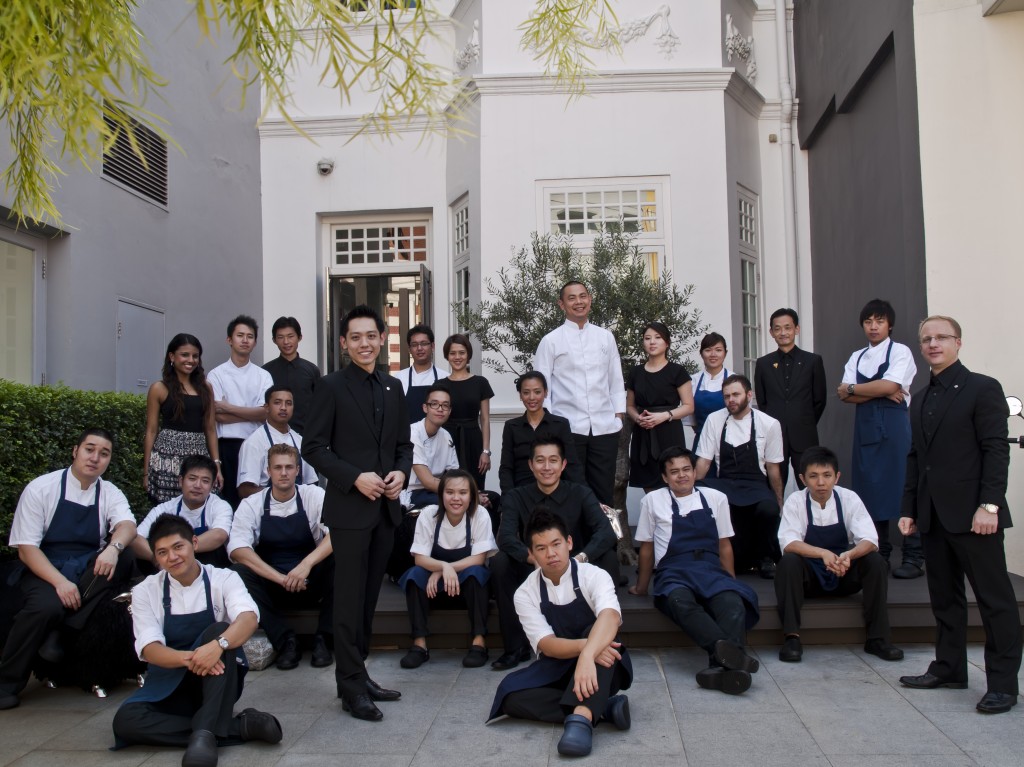I don’t understand why people get so crazy about Starbucks’ pumpkin spice lattes (or PSLs, according to hardcore fans). Add pumpkin puree and some spices to regular coffee and you’ll get that same taste (without the 300 or so calories).
With the holidays around the corner, Singapore coffee lovers can get into the giving spirit early and buy coffee that literally changes people’s lives. How amazing is that! Local coffee company Bettr Barista sells great coffee and runs a social program that improves the lives of disadvantaged women and at-risk youth. Learn more about the social enterprise in this video I produced for Yahoo.
The intensive 6-month program provides professional barista training and emotion management sessions with psychologists.
In addition to roasting and selling gourmet coffee beans through its online shop, Bettr Barista offers certified training and workshops at its coffee academy in Tai Seng. It also organizes events, like Bettr Week, an annual coffee appreciation festival going on this week, Oct. 5-13, featuring craft workshops, a coffee bar crawl and a pop-up gourmet street food fundraiser.
Better yet, rather than your regular stop at Starbucks or Coffee Bean, make the extra effort to visit Bettr Barista at Scape in Orchard or Saybons at Aljunied and meet some of the people whose lives have been changed.
Bettr Barista @ Saybons at Aljunied
Blk 115 Aljunied Avenue 2
#01-53B
Singapore 380115
Bettr Barista @ *SCAPE
2 Orchard Link
#04-01 (The Colony)
Singapore 237978









